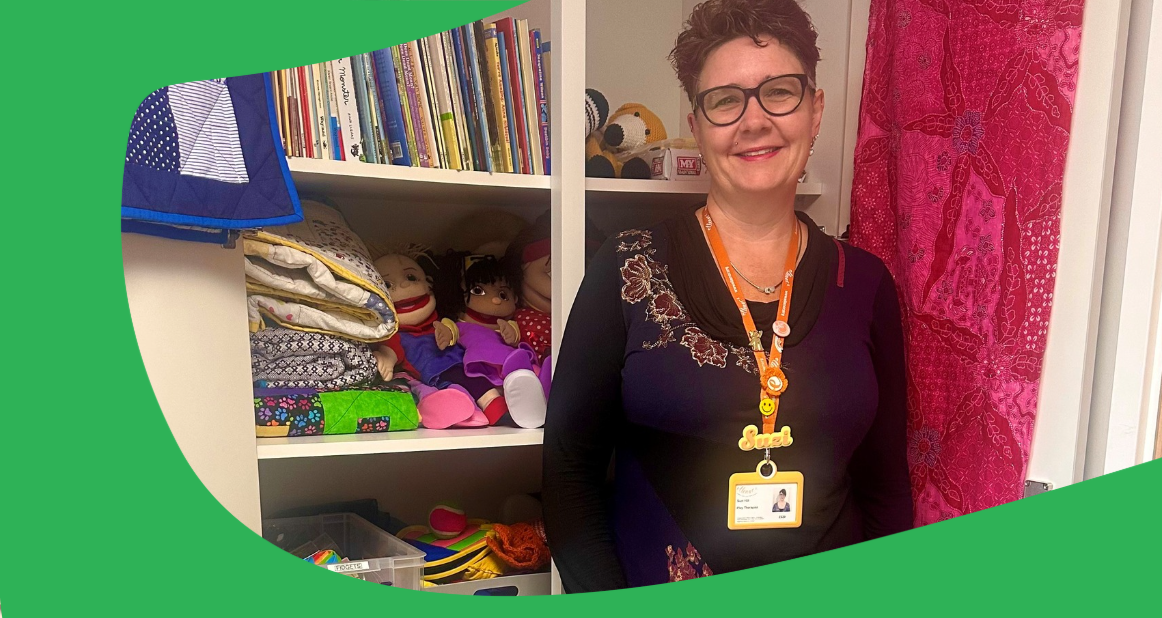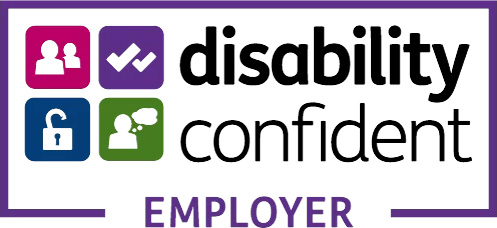
How Play Helps Bereaved Children Heal At ellenor
Inside the work of ellenor’s counsellors supporting young people through loss at Christmas.
The room Suzi Hill – play therapist at ellenor – runs her sessions from is quiet by design.
There’s no ticking clock; no bright posters telling a child what to feel. Just shelves of carefully chosen objects designed to help bereaved children process feelings of grief through the medium they know best: play.
One look at the objects Suzi uses in her sessions is enough to see that they’re not all toys of a conventional nature. There are sensory play tools – including a large sand tray and paints – for the child to play with, and more recognisable toys: such as puppets, unicorns, and phoenixes. Yet there are also snakes and spiders, skeletons and bones, crosses from different faiths, and – most startlingly – a small wooden coffin.
“The coffin appears in play therapy because, ellenor being a hospice, we deal with a lot of bereavement – and a child might need to re-enact a funeral, or want to do something to symbolise the death of their family member. It could be associated with something else, not even to do with death. It could end up being a dog’s kennel.”
Suzi has been a play therapist for six years. She works three days a week at ellenor – a hospice charity that supports patients with life-limiting and life-threatening illnesses throughout Kent and Bexley – with around ten families in one-to-one therapy. She also works with 35 more children through GEMS (Grief Every Memory is Special) days: ellenor’s peer-support days for bereaved children, which Suzi organises and runs five times a year.
So – what is play therapy?
“Play therapy is a way of helping children who have trauma, or who have been bereaved, through play, because it helps reset the neural pathways within the body and the nervous system,” Suzi explains. “There are so many children who lose family members. We also work with children who have siblings living with a life-limiting condition, who are under our Children’s services. That has a massive impact on the family. Bereavement, if it happens early on, can shape the rest of a person’s life. If we can help them through that healing process, it enables them to grow and develop, reducing their anxiety and the risk that they’ll require therapy later in life.”
Many of us picture “therapy” as a person talking on a sofa. Not here.
“Talking therapy isn’t always relevant for children, because they don’t know how to express what they’re feeling and thinking (and neither do we as adults, a lot of the time!). But you give a child some sand – and some toys to act as symbols that represent how they’re feeling – and they’re able to use play to work through those things.”
While Suzi is trained in directive work, her sessions at ellenor are completely child-led. It’s a holistic, reflective approach; there are no expectations, no judgment. Suzi simply observes the child, rather than attempting to lead or influence which toys they select or how they play with them during the session.
A child who wasn’t invited to a funeral because they were “too young” can stage a symbolic service in the playroom instead – placing a doll in the coffin, arranging figures in the sand like mourners, giving shape to what adults kept hidden. Another child, in their first session, may dump paint until the paper turns black; but by their eighth session or so, Suzi says, you can see them begin to introduce more colour as they heal through play.
“You can see pictures forming; shapes and colours, rather than darkness. It shows me that they’re getting clarity with their thoughts and feelings; that they’re processing and accepting things.”
Suzi’s youngest one-to-ones start at three years old, but she works with children as old as 15. Often, a child she works with may behave years younger than their actual age, because past trauma has left them emotionally “stuck” at the age it took place. Each case is, of course, different – which is why Suzi’s toolkit of toys is so broad.
The snake suggests growth because they shed their skin. Spiders, meanwhile, are representations of the mother, while the phoenix embodies rebirth. Suzi’s job is to watch the child, and interpret how they play. For the child, the sessions are a safe space in which they can explore and unpack deep-seated issues through play, but it also serves an equally important function – giving them space and freedom that ordinary life so often doesn’t.
“In our world, children are so dictated to. Eating a certain thing for breakfast, putting on certain shoes, getting out the door at a certain time. There’s no chance to make mistakes anymore – play has been lost for children.”
Suzi’s right – and the results of her work are clear to see. Parents consistently report that, following a 12-week course of play therapy at ellenor, their children are enjoying school more. They’re reading at a higher level, they’re not wetting the bed; they’re more confident, and are making friends with greater ease than before.
“What I give them is a foundation for their future,” Suzi says. “You can’t put a price tag on that.”
In addition to her work as a play therapist with ellenor, Suzi is a certified filial therapist – supporting parent–child relationships as grief unearths older fractures, and unweaving the tangled threads of generational trauma and attachment styles built up over years or decades. This work is crucial, says Suzi, as “ when a child is no longer struggling, it ripples out and affects the parents and siblings: that has effects for generations to come.”
Suzi is already working closely with local community and cultural institutions to amplify that ripple effect within the Kent and Bexley boroughs ellenor services. She’s outreaching the service to local schools, and plans to offer play therapy at the Gurdwara for members of the Sikh community. Suzi even offers play therapy from the homes of one of the children ellenor supports, owing to logistical issues around transporting the child to ellenor.
Asked to describe play therapy in a word, Suzi says, “Magical. It’s so much more than people think it is.” She still gets goosebumps sometimes when she sees a child make a breakthrough before her eyes. “I realise – that is the moment that everything is going to change for them from now on. You can’t put that into words.”





